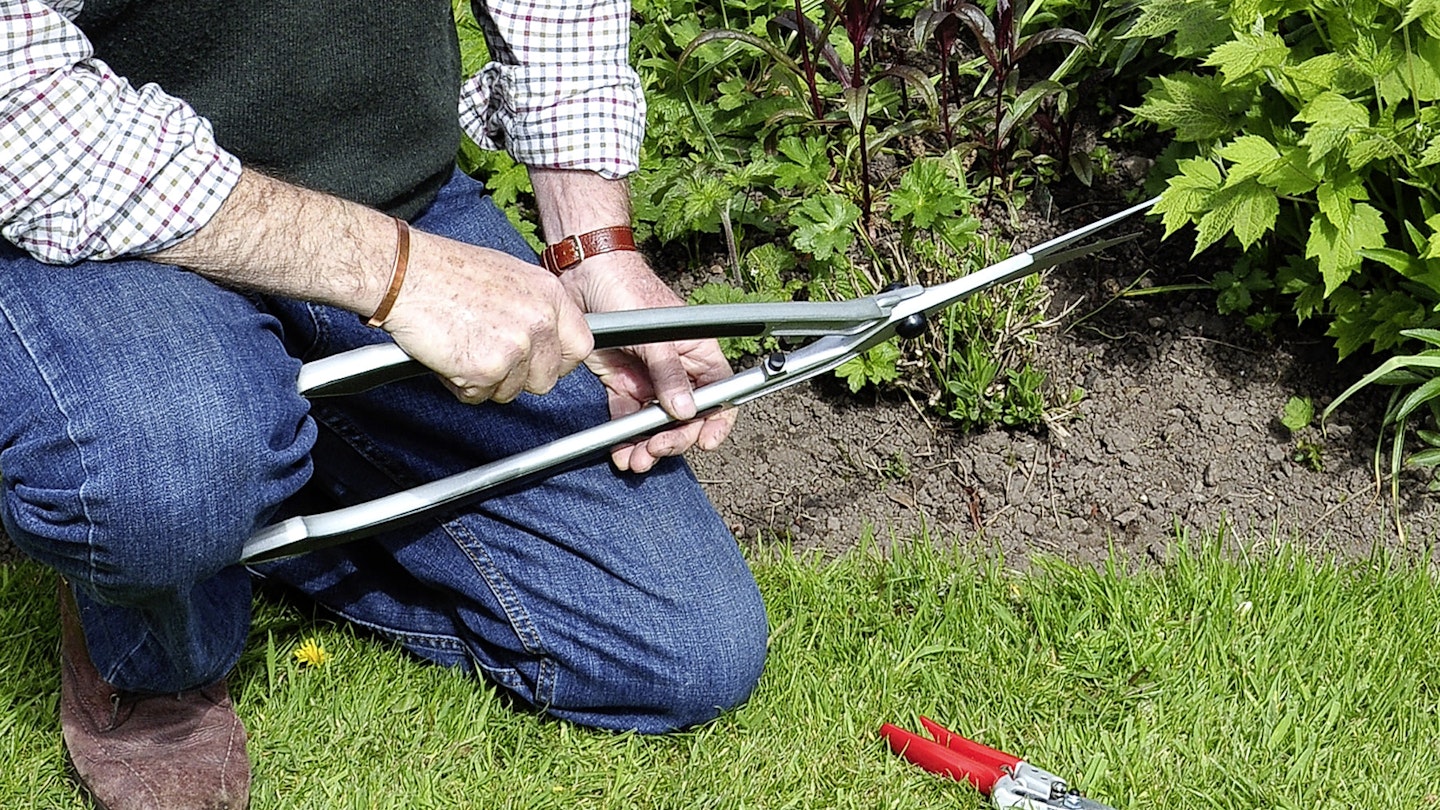The ‘Chelsea Chop’, so called because it’s normally done around the time of the annual Chelsea Flower Show, is a method of pruningherbaceous perennials to delay flowering by a few weeks.
It can be done on a wide range of perennials such as sedum, echinacea, monarda, aster, phlox, solidago, helenium and nepeta among many others.
The harder you cut back, the longer it will take the plant to re-grow and produce flowers. This pruning will also encourage the plant to produce side shoots and more compact growth, which means the plants will need less support. It also extends the flowering season by several weeks into early autumn.
The amount you cut back depends on how long you want to delay flowering and normally we cut the growth back by around half, but you can cut back by up to two-thirds.
To get maximum flowering where you have groups of perennials the pruning can be done in several stages, by leaving some clumps unpruned, some half pruned and other two-thirds. Where you only have a single clump of each type of perennial you can cut back half the clump or trim back every other stem so that the clump will produce flowering stems at different times.
Results vary on the growing season, but it’s worth experimenting with to extend the flowering season.
GN’s top tips
- A simple method is to use a secateurs or shears to cut all new growth down by one-third or half.
- To stagger flowering from one clump, cut the front half down by half. Leave the back unpruned.
- Although more time consuming, use secateurs to prune individual stems to different heights.
- After pruning, it’s a good idea to feed around the clumps to encourage a flush of new growth.
